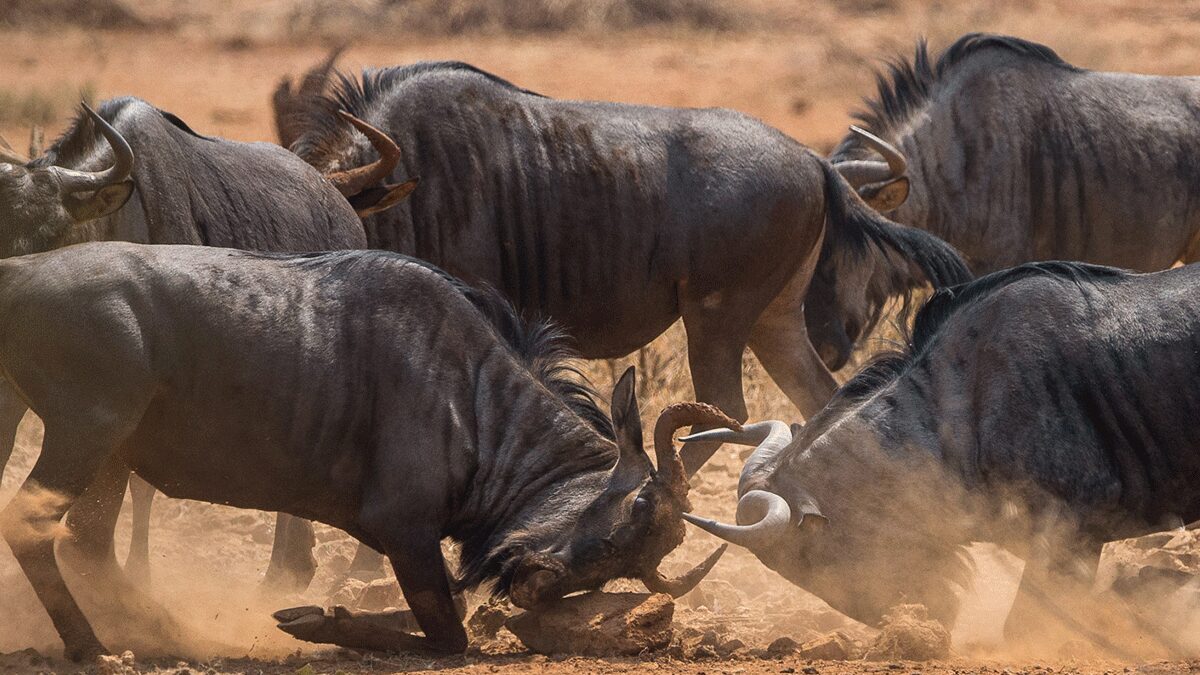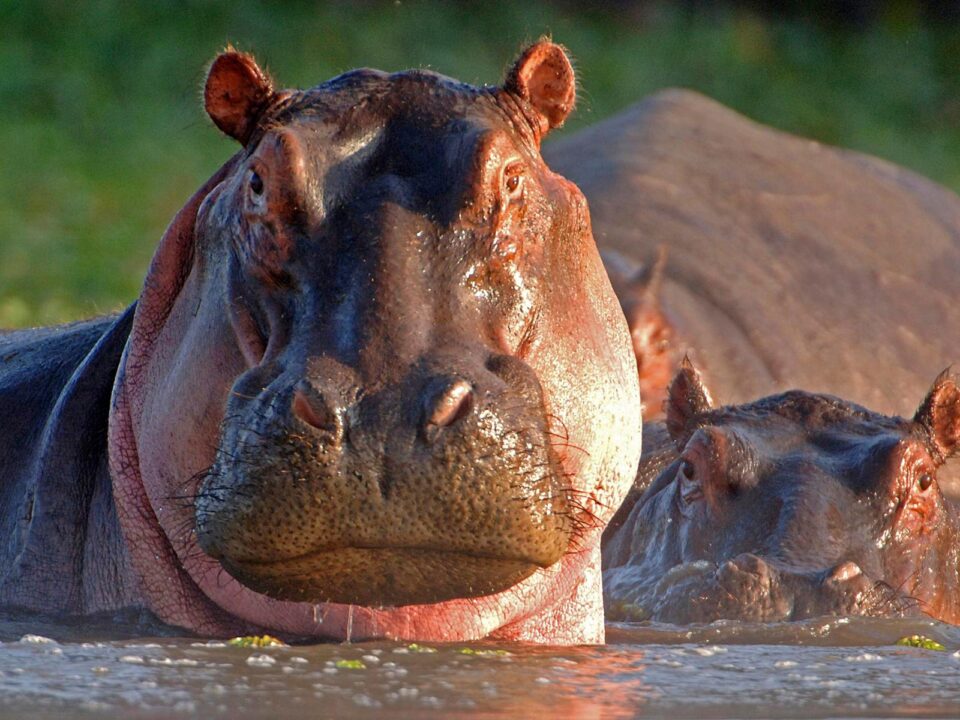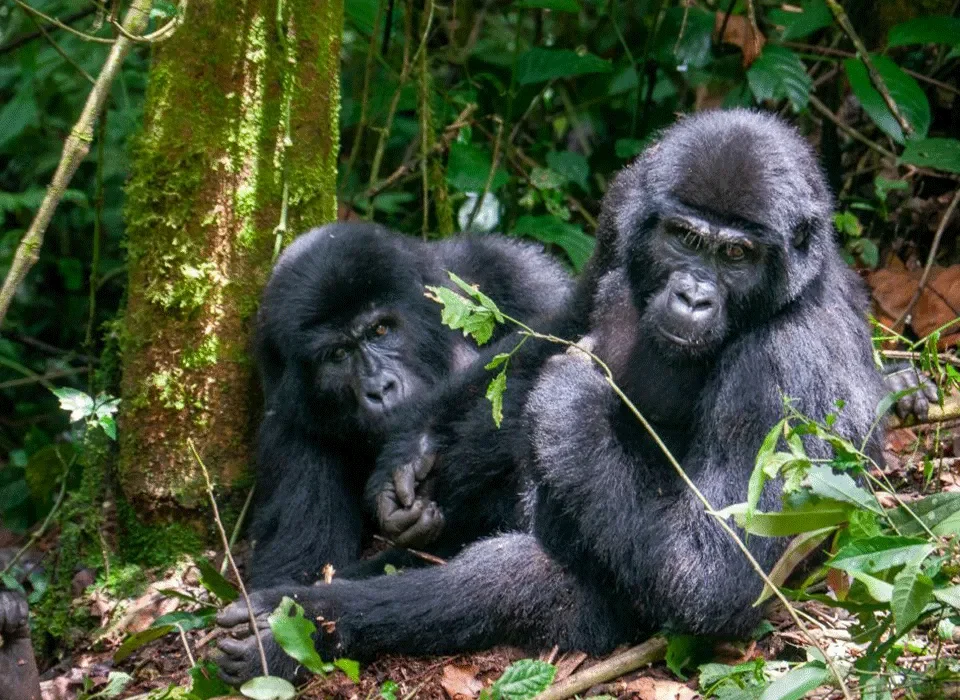Wildebeest Rutting Season in Serengeti, Tanzania
- Home
- African Travel Blog
- Serengeti National Park
- Wildebeest Rutting Season in Serengeti, Tanzania
Wildebeest Rutting Season in Serengeti Tanzania – Unveiling the Wildebeest Mating Season
Wildebeest Rutting Season in Serengeti Tanzania – The Serengeti serves as the dramatic stage for one of the most mesmerizing events in the entire animal kingdom—the annual great wildebeest migration. Spanning the entire year, this migration is a relentless pursuit of food and water by wildebeest, accompanied by herds of zebras and gazelles. The migration, typically following a clockwise direction, is dictated by rain patterns and grass growth. Remarkably, the animals can deviate from tradition, driven by the whims of rain clouds, a phenomenon closely monitored by dedicated wildebeest migration trackers. These trackers have observed the wildebeest’s movement across the Serengeti plains and the Masai Mara plains from June to May annually.
Understanding the Rut in Wildebeest
Rut in wildebeest refers to the annual period of heightened sexual activity in wildebeest and other animals like zebras, during which male wildebeest engage in fierce battles for access to female wildebeest.
May-June: The Onset of Wildebeest Rut
May-June marks the commencement of the rut season during the wildebeest migration. As the herds journey northwest, passing the breathtaking plains of Simba Kopjes and Moru Kopjes, they venture into the woodlands of the hilly country west of Seronera Valley, leading towards Lake Victoria—the world’s second-largest freshwater lake. This period signals the start of the annual rut, with thousands of cows mating in less than a month. The woodlands and plains of the Serengeti’s Western Corridor become the stage for this spectacle. The peak of the rut appears to be influenced significantly by the lunar cycle, with the full moon in May/June offering optimal conditions for witnessing the males’ aggressive fights as they vie for mates.
During the rut, dominant or territorial males engage in seemingly vicious battles, though these clashes rarely result in serious injury. Despite the intensity of these duels, it’s the females who ultimately choose their mates.
Post-Rut Activities of the Wildebeest
Following the mating period in May and June, most of the cows conceive as the wildebeest traverse the Grumeti River before reaching the Mara River. The next phase involves the epic journey of crossing the treacherous brown waters of the Mara River.
Gestation Period of Wildebeest
The gestation period for wildebeest lasts between 8-8.5 months, spanning from May-June during the start of the dry season in the Serengeti through to January-February when the calving season commences. This period is considered a spectacular time to visit the Serengeti for an action-packed safari holiday, as predators such as lions, cheetahs, and hyenas are drawn to target the newly born wildebeest calves.
Witnessing wildebeest calves is a captivating safari highlight, as these newborns exhibit the remarkable ability to walk within minutes of being born—an adaptation crucial for surviving encounters with dangerous predators.
Wildebeest Calving Season in the Serengeti: January and February
The much-anticipated calving season unfolds between January and February each year. In January, the herds begin their journey southward to the Serengeti after the onset of rains.
In late January and early February, the Serengeti hosts one of its greatest spectacles—the wildebeest calving season. Approximately 8,000 young wildebeest are born every single day during the peak of this extraordinary event.






